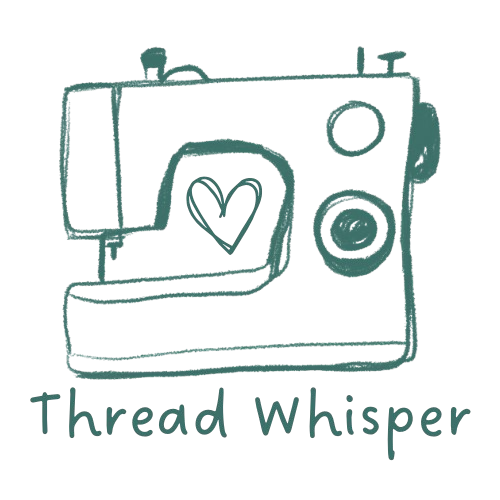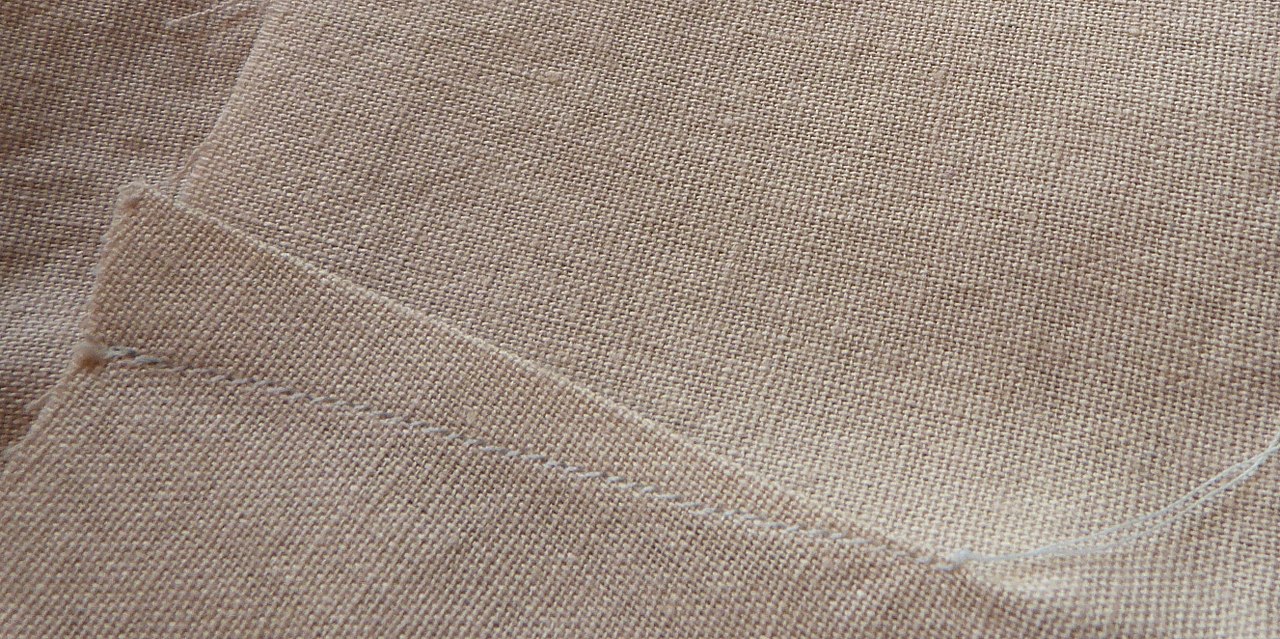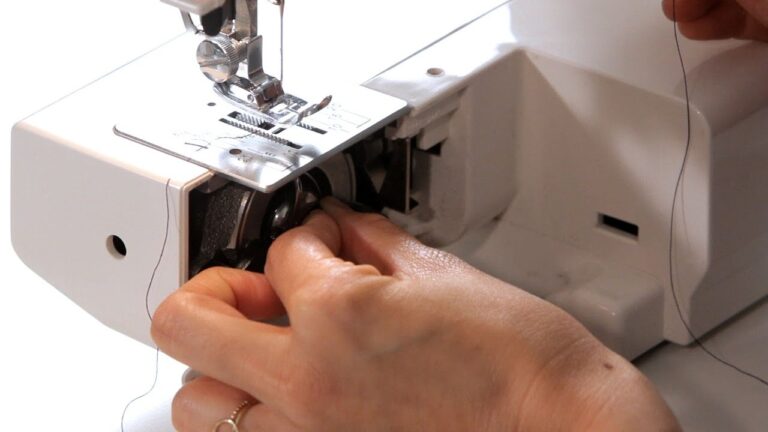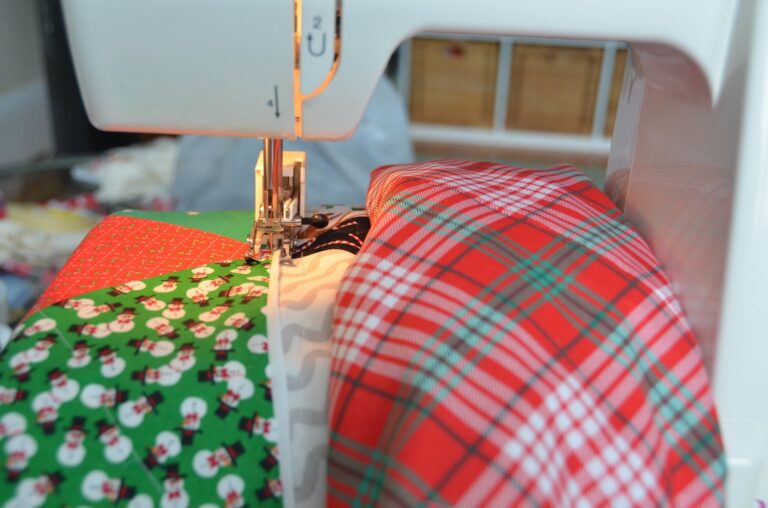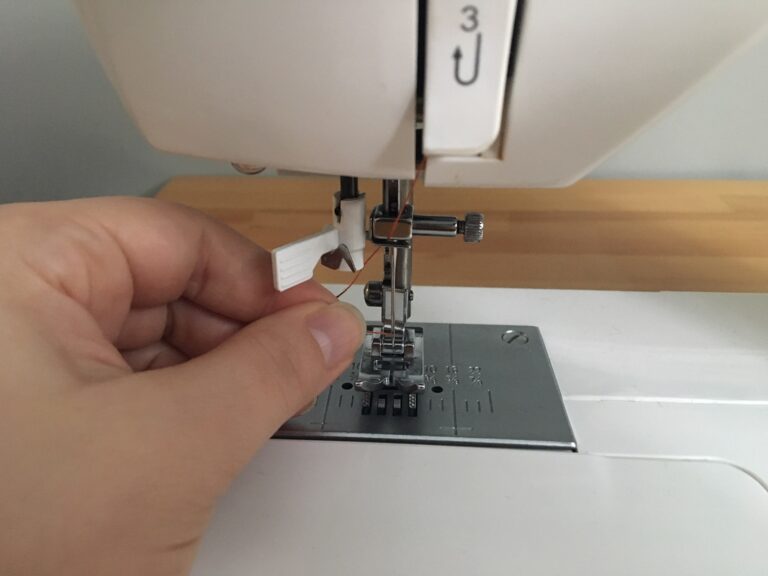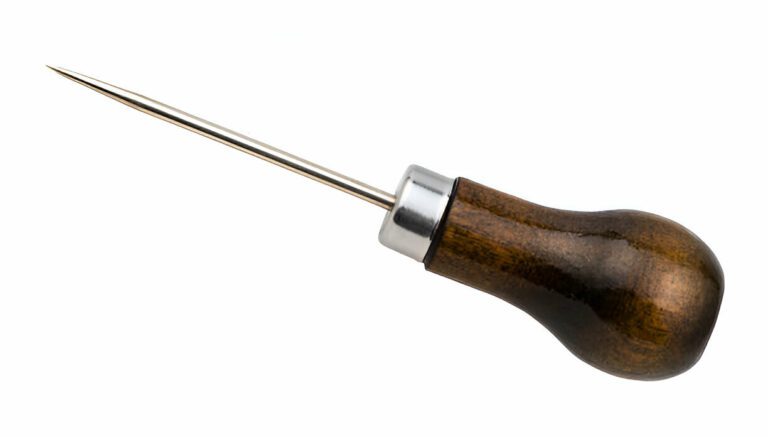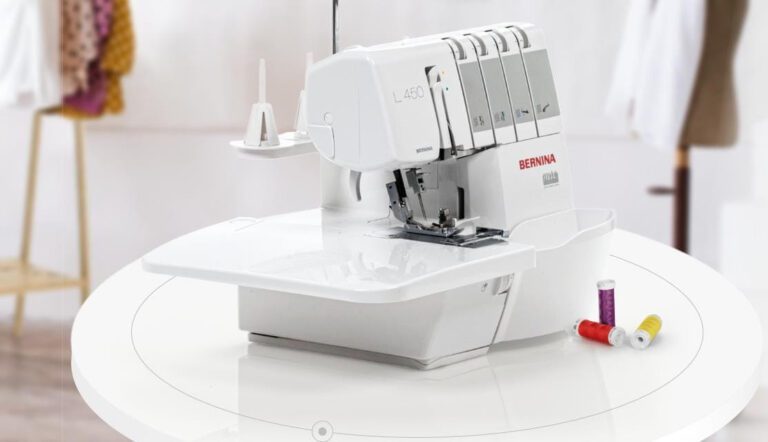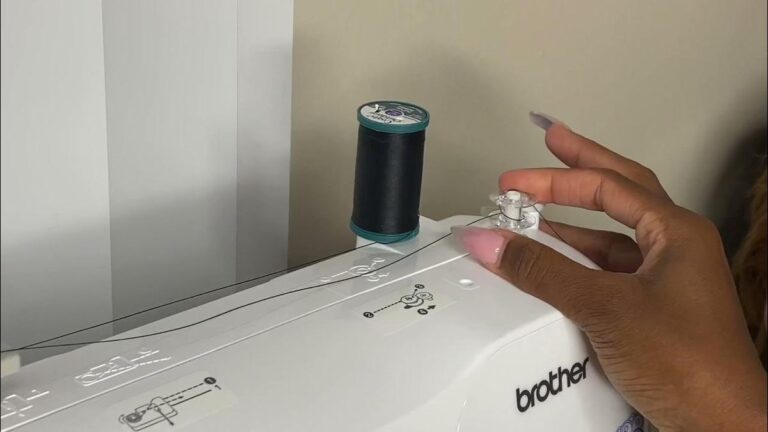What is a Dart in Sewing?
Darts are small, triangular folds in fabric that help shape a garment to fit the body. Darts in sewing are like the “adjustments” buttons on your pants. They help make the fabric fit your body better, so you don’t look like you are wearing a sack.
This I understood when a sewing pattern of the dress was turned into a disaster. Due to a lack of understanding of the importance of darts. The dress was supposed to be fitted but ended up being baggy. I realized and studied the art of dart manipulation. Regular practice with different types of darts gave me new knowledge resulting in the revised design turning into a perfect fit.
They are not essential but often necessary for a well-fitting garment. While not every garment requires darts, they are essential for achieving a tailored, flattering fit in most structured clothing.
When are Darts most useful?
Scenarios – Curvy figures, fitted garments, structured garments, and accurate fit.
It went completely over the head?…. Wait let me explain.
- Curvy figures – Darts help to create a smooth, fitted silhouette for hourglass, pear-shaped or busty figures.
- Fitted garments – necessary for fitted tops, dresses, and pants to create a sleek, tailored look.
- Structured garments – maintain the shape of structured garments like jackets, coats, and blazers.
- Accurate fit – ensures a precise fit, especially around the bust, waist, and hips.
Darts for different body types:
When working with diverse body shapes, darts become important for personalizing them.
Petite – Use shorter and narrower darts to avoid excess bulk.
Plus size – Longer and deeper darts may be needed, especially at the bust and waist, but balance is key to avoid pulling.
Broad shoulder or small bust – Adjust the dart angle and length to accommodate shoulder width while still shaping the bust.
Are darts necessary for all sewing garments? No, there are cases where darts are not necessary, Like:
- Loose-fitting garments – Darts are less important for loose-fitting clothes like tunics, kaftans, or relaxed-fit pants.
- Knit fabrics – Knits often have stretch, making darts less necessary for a comfortable fit.
- Simple patterns – Like A-line dresses or skirts might not require darts.
Note – Designers sometimes use princess seams or gathers as alternatives to darts
But darts can be a bit critical, especially if you are new to sewing. It’s like trying to get the perfect crease in your pants- it takes a little practice to get it just right. So don’t be discouraged if your first few darts don’t turn out accurately. Points to be noted:
- Take your time.
- Follow the pattern (or tutorial)
- Don’t be afraid to make mistakes (they are opportunities to learn more)
How darts are related to sewing:
- Removing excess fabric – They remove excess fabric, prevent bulkiness, and give a smooth fit.
- Creating contours – They follow the body’s natural curves, enhancing the garment’s overall fit.
- Reducing wrinkles – Reduce creases (wrinkles) in fabric, creating a smoother appearance.
- Enabling movement – Ease the movement of the body’s natural bends and curves.
- Creating style- enhance style and shape, adding visual appearance to the outfit.
Common dart types in sewing are:
- Bust dart
- Waist dart
- Hip darts
- Shoulder darts
- Neckline darts
With regular practice and of course, patience will make you pro in darting in no time.
Dart manipulation techniques:
Dart manipulation is a design technique that allows you to move the dart to different areas of a pattern without changing the fit. Fashion designers often use this trick for styling and comfort.
Here are some common dart manipulation methods:
Pivot method – You rotate the dart to another point, like from the waist to the shoulder, while keeping the dart intake the same.
Slash and speed method – The dart is cut open, and the pattern is spread to form a new dart position. Ideal for design variety.
Dart conversion – Sometimes darts are transformed into seams like princess seam or gathered for a softer look.
Essential tools and materials required :
- Fabric
- Paper pattern
- Matching thread
- Sewing machine
- Marker / chalk
- Ruler
- Pins
- Scissors (optional)
Let’s dive deep into, How to create a dart? You will need to make the following adjustments:
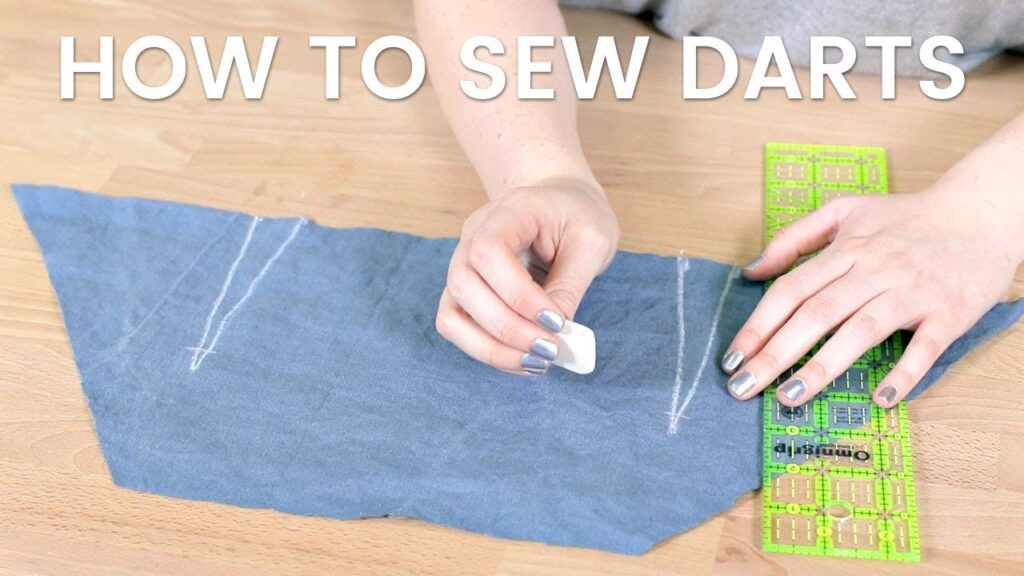
- Determine the dart location
Locate where the dart is needed, based on the garment’s design and your body shape.
Example – For a fitted dress, you might need a bust dart to shape the fabric around the bust.
- Mark the dart point
Mark the point where the dart will begin and end.
Example – For a waist dart, mark the point at the waistline about 1-2 inches (2.5-5 cm) apart.
- Draw the dart leg
Draw a line from the dart point to the edge of the pattern piece, creating the dart leg.
Example – For the shoulder dart, draw a line from the shoulder point to the armhole edge.
- Determine the dart depth
Decide how deep the dart will be, based on the amount of shaping needed.
Example – For a hip dart make about 1-2 inches (2.5-5 cm) deep.
- Draw the dart shape
Draw a curved or angled line connecting the dart leg to the edge of the pattern piece, creating the dart shape.
Example – For a bust dart, draw a curved line connecting the dart leg to the side seam.
- True the dart
Ensure the dart is evenly shaped and the edges match, by folding or “truing” the dart.
Example – Fold the pattern piece in half to ensure the dart legs are even.
- Cut the dart
Cut along the dart shape, creating a folded or tucked edge.
- Iron the dart
Iron the dart to create a crisp fold and top stitch if desired.
How to properly iron the dart?
Use a tailor’s ham or rolled towel under the dart to maintain the garment’s shape. Press the seam flat first, then press the dart to one side or downwards as per the pattern’s instructions. Avoid dragging the iron; use a press and lift motion to prevent stretching or distortion. Use a pressing cloth to avoid shiny marks on delicate fabrics.
Things to be considered:
- Dart direction – The can be directed inward( towards the body) or outward (away from the body).
- Dart size – The size of the dart, will depend on the amount of shaping needed.
- Dart placement – Multiple darts can be used to achieve the desired result.
The process of creating a dart is similar for all common darts but there are some similarities, differences, and variations depending on the type of darts and the garments you are making.
Similarities :
- All darts require marking, folding, pinching, sewing, and ironing.
- The aim is always to remove the excess fabric and create a smooth, fitted shape.
Differences :
- The bust dart folds towards the center front, point facing down.
- The waist dart folds towards the center back or front, point facing up or down.
- The hip dart folds towards the center front or back, point facing down.
- The shoulder dart folds towards the armhole, the point facing down.
- The neckline dart folds towards the center front or back, point facing up.
Variations:
- Directional darts – Some darts like shoulder or neckline darts may need to be folded in a specific direction to the garment’s design.
- Dart depth, width, and placement – These types may vary depending on the garment’s design, fit, and the individual body shape. For example, a bust dart usually points towards the apex, i.e, the fullest part of the bust, and is pressed downwards for smoother finishes.
Common Darts mistakes and how to fix them:
Puckering at the tip – Don’t backstitch at the tip, shorten your length near the tip, and knot the threads by hand.
Uneven darts – Always fold the fabric precisely, and pin both dart legs carefully to align them.
Darts not lining up symmetrically – Use tailor’s chalk and a ruler to make minor dart markings for both sides of your garment.
Darts making the fabric bubble – Check if the dart is too deep for the fabric type or placed incorrectly. Try adjusting the depth gradually.
Things to be considered:
Always test the dart fit on muslin before stitching on your final fabric. Mark darts using fabric-safe pens or tailor’s chalk and avoid permanent markers. Don’t forget to true your dart, i.e, fold, match, and trim if needed, before cutting and sewing.
Conclusion
Darts are a game changer in sewing as they enables a two dimensional fabric to fit a three dimensional body. They help create a perfect fit and make your dress look amazing. By learning how to use darts the sewer can take their skills to the next level. Stitching clothes that make you feel confident and beautiful. So don’t be afraid to give darts a try.
